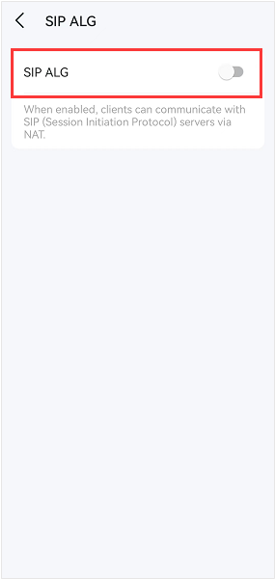

Like Cisco, slightly different interfaces are common, relative to the version and model of the system. For port specific settings, navigate to the settings for each port and alter if necessary. Note that this will apply a global setting to your entire device. Locate the SIP item and uncheck the item. Find a tab or item where the work protocol is used and inspect the items in this list. A tab in the next menu should read something similar to Rules Actions.Select an item where inspection_ precedes the object/item definition and edit the policy (usually by right-clicking though some interfaces will require selecting the item with a left-click and selecting the Edit item from the bar above). Find something resembling a "policy rule" area.(Note: systems may use slightly different verbiage for each section though the methodology described above should be exactly what is needed for most systems.) Essentially, you as the user will need to find the Configuration area, select the Firewall option and go into the Service Policy Rules area. Each system and version are slightly different.If the ADSM client resides on your machine and the system is ADSM capable, a prompt should appear that requests permission to launch the application. Navigate to the interface while on the same LAN by typing the IP address of the machine in a browser window.If the ASA at your business is manageable by this client, the following techniques should prove to be an easier way for accomplishing the same task compared to the command line techniques described in the previous section.

The ASDM client for Cisco devices provides a visual interface for ASA systems, both virtual and physical. Cisco ASDM (Adaptive Security Device Manager) However, such configuration techniques are far beyond the scope of this article. Solutions, I suggest using the emulator furnished by If keen to learn and experiment with Cisco Enter the following commands to turn of SIP inspection at aĬiscofirewall# show run | inc policy-map global-policy | inspect sipĮffectively disable SIP inspection for the entire system. Making changes to this device is not recommended unless you know what you are doing. Unless you maintain the network at your business, you probably will not have access to the ASA. Notice in my session, I already had this setting configured for TCP so the only line appearing references UDP.Ī high quality SIP ALG implementation that should work well and notĬause any issues. After this message appears, press + to end the configuration session. "no ip nat service sip tcp port 5060" and "no ip nat service sip udp port 5060".

If it worked, the next line displayed after the "do show" command will read Enable privileged EXEC mode and issue the following commands where ‘ciscohost’ is the name of your router (see Figure 1 too):Ĭiscohost(config)# no ip nat service sip tcp port 5060Ĭiscohost(config)# no ip nat service sip udp port 5060Ĭiscohost(config)# do show run | inc nat service sip If running a business class Cisco router, you can initiate a terminal session with an application like PuTTy or directly accessing the console. The first few sections will cover the basis of disabling SIP ALG and SPI for higher-class enterprise devices while the lower sections relate to commonĭevices used in small offices or homes. The following section will help to assist most with disabling this feature on their router. With most setups, it is best to disable this feature as this service usually does more harm than good. SIP ALG, SPI and SIP transformations are disabled. Most commonly, the issues many experience relate to one-way or no audio, depending on who initiates the call. Routers is however a hindrance for data transmission due to poor The correct communication of signaling and voice traffic betweenĮndpoints and effective NAT traversal. SIP messages would then be re-written by SIP ALG to allow

To perform a stateful packet level inspection (SPI) of traffic coming The intent of the technology was to assist the packet flow of SIP and other packetsĪnd help solve NAT related problems. The problem with SIP ALG is the fact that most times, packet rewriting causes undesirable operation.


 0 kommentar(er)
0 kommentar(er)
